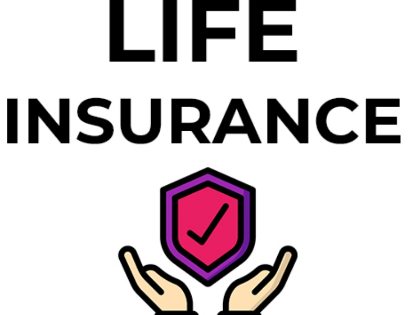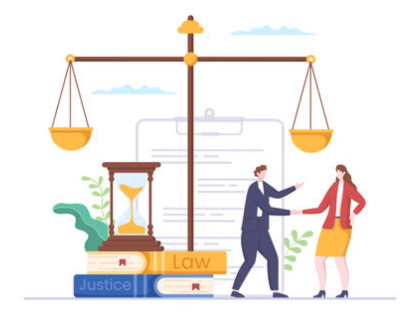Could Blockchain Transform The Insurance Industry?
A standard claim procedure includes a number of middlemen, including loss adjusters and agents. These middlemen increase the process's complexity, which causes delays and increased expenses.
Blockchain has the potential to minimize expenses by lowering frictional costs, streamlining procedures, guaranteeing transparency, and lowering the risk of fraud. Let's investigate how.
Simplified Procedures

Reducing the number of manual operations needed to process claims and perform other customer support functions is one of the insurance industry's largest difficulties. This is due to the fact that manual procedures raise operating expenses and are prone to mistakes and delays. By employing blockchain technology to streamline these procedures, insurers may save on costs and inefficiencies along the whole value chain.
Additionally, some of the most labor-intensive operations can be automated with this technology. For example, by integrating blockchain technology with smart contracts, it might streamline workers' compensation (WC) claims processing by automatically cross-referencing keywords with trustworthy third-party data sources to spot potentially fraudulent cases.
But insurers might have to make a substantial upfront expenditure to use blockchain. Securing the resources required to set up the infrastructure and build software is part of this. There are also continuous maintenance and security expenses. Depending on the insurer's unique requirements and the scale of its blockchain network, these costs may differ. However, over time, these investments may generate large returns.
Increased Openness

Businesses can rely on a single, real-time source of truth thanks to blockchain technology. This implies that deception, misinterpretation, or inconsistent information are not tolerated.
Additionally, blockchain can do away with manual data reconciliation procedures and expensive human labor, which saves time and money while increasing organizational transparency and cycle times. These enhancements result in fewer expenses for the insurance sector overall and more smooth interactions between an insurer and its clients.
Additionally, by automatically cross-referencing customer data with sanction lists and other legal criteria, a private blockchain facilitates the verification of consumer data, including credit scores. This lowers risk for insurance firms by streamlining the onboarding of new clients and guaranteeing compliance. Claim settlement automation may also benefit from it. For instance, Lemonade verifies claims using blockchain technology to ensure prompt and correct payments. As a result, insurers can save hours of labor and avoid the need for expensive human verification.
Enhanced Safety

All users of a network can access a single source of truth for data thanks to blockchain technology. Duplicate data is removed, enabling safer, more effective transactions.
Additionally, it guarantees the traceability and immutability of data, which might lessen fraud. Furthermore, smart contracts have the ability to automate specific processes and make payments without the need for human interaction based on predefined circumstances.
Finally, by automatically cross-referencing client data with sanction lists, blockchains can assist insurers in adhering to legal requirements. This can reduce the number of manual checks, saving time and money.
Even if a lot of insurance companies are considering blockchain efforts, before starting a larger project, it's crucial to determine the appropriate use cases and create a minimum viable product. If not, the procedure can turn out to be slow and costly and provide little return on investment. B3i, a consortium with an emphasis on insurance, discovered this the hard way. The business needed years to start its first pilot and was unable to obtain funds to carry it out.
Lower Expenses

Blockchain technology has the potential to significantly lower insurance processing expenses. This is due to the fact that blockchain automates a lot of tasks that would otherwise require human labor. In the long run, this can save insurers a substantial sum of money.
Using smart contracts, which start operating automatically when specific criteria are satisfied, is one example. These have several applications, such as P2P insurance and KYC/AML procedures. They also permit escrow services, which let two people finish a transaction without the need for a middleman.
In summary, blockchain technology has the potential to assist insurance firms in reducing expenses, enhancing transparency, strengthening security, and expediting payouts. This might revolutionize the insurance sector and provide insurers with a distinct advantage in their respective markets. Customers may see reduced premiums as a result, which would support their business expansion. For this reason, it's critical that insurance providers stay current with technological developments.









